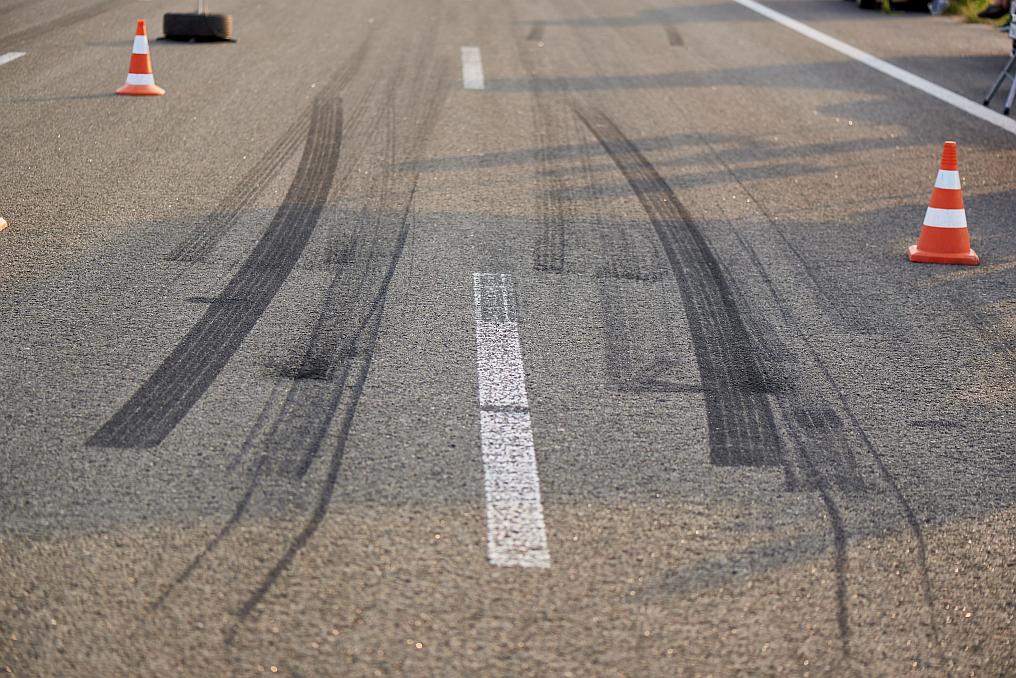According to car insurance data, most drivers are involved in some sort of motor vehicle accident every 17.9 years. For a person who starts driving at age 17, that amounts to three or four car accidents over the course of a lifetime. And although most escape a crash without getting hurt, others suffer devastating and life-changing catastrophic injuries.
Paralysis is one of these injuries. Someone whose life is changed by a spinal cord injury should know there are legal steps they can take to recover all the costs associated with their medical care and related expenses. A claim cannot restore mobility and quality of life as it was before. However, it can relieve the financial burden of paralysis and offer the victim some peace of mind knowing medical care is covered. In these cases, having an experienced catastrophic injury lawyer on the victim’s side is invaluable.
It is helpful to think of the human spinal cord as a highway connecting and carrying information between the brain and peripheral nervous system. A series of bones called vertebrae protects the spinal cord.
Thirty-one pairs of spinal nerves send messages from the spinal cord to the rest of the body to control everything from movement to sensations such as temperature, touch, and pain.
Paralysis is caused by an injury to any part of the spinal cord or the nerves found along the bottom of the spinal canal. When spinal cord injury occurs, sensation and movement are impaired below the site of injury. For many, these changes are permanent.
As mentioned above, spinal cord injuries vary in how they affect the body. Here is an overview of the different diagnoses and terms associated with paralysis:
In car accidents, the spinal cord can become torn, crushed, or dislocated as the body makes impact with the interior of the vehicle or another object. It also occurs as a secondary effect of damage to the vertebrae and disks that make up the delicate framework protecting the spinal cord.
Some individuals are paralyzed when their skull is punctured or fractured in a serious car accident. In other accidents, when the vehicles are going fast enough or are large enough, or the occupant is ejected out of the vehicle, the impact of a collision can force the brain to slam against the skull. This damage to the brain interrupts all communication to the upper muscles, creating paralysis in that area of the body.
It is important to know the signs of possible paralysis to provide the best care for oneself or anyone who has been in a car accident:
No victim showing signs of paralysis after an accident should be moved. Doing so could worsen existing spinal cord damage. Instead, someone should call 911 and wait for paramedics to arrive.
For most people, life looks quite different after paralysis. A paralyzed person must learn alternative ways of performing everyday tasks and adapt to life with reduced mobility and loss of sensation in part or most of the body. Depending on the extent of an injury, the person may never walk again, drive again, or even move their arms and legs. That means extensive medical care and assistance for possibly the rest of the victim’s life.
Adaptive equipment. Most people who are partially or fully paralyzed use a wheelchair. That often requires ramps, wider doors, and other costly renovations to allow the affected person to move throughout their home. Specialized vans are available to allow paralyzed individuals to drive. They may also need special bars and other equipment to help them get out of bed, bathe, and dress every day.
Rehabilitative therapy. Rehabilitative therapy after a car accident helps a paralyzed patient restore and rebuild whatever mobility remains after the injury. It can help the individual walk and function as well as possible based on their condition.
Ongoing medical care. Paralysis requires lifelong medical care. Someone with a serious and permanent spinal cord injury is more likely to develop infections and other health problems in the future. Treatment for these conditions is more complex for patients who are partially or completely paralyzed.
It is important to imagine how costly all this care and adaptive equipment can be, especially for someone who cannot return to work and earn an income after a catastrophic car accident injury. This financial burden is incredibly discouraging for someone already battling the physical and emotional trauma of paralysis. A lawsuit is one way to pursue compensation and ease this burden.
Because paralysis is such a serious condition, the awards for a successful lawsuit are typically high. Although victims with broken bones and other relatively minor injuries can recover and move on to enjoy an excellent quality of life, the impact of paralysis on a person’s future is more significant.
Here are some examples of the damages covered by paralysis settlements or jury awards:
Assess the scene. After any type of car accident, it is critical to assess everyone at the scene for injuries. As stressed above, first responders should move someone who has been injured. Spinal cord damage and other latent injuries are not always immediately obvious. Moving an injured person can cause further harm and permanent disability.
Call the police. Injured traffic accident victims must take the proper steps to help their lawyer build the strongest case possible. That begins with a police report. Drivers should never leave the scene of an accident, regardless of how minor it may seem. Drivers should always wait for the police and provide a truthful account of exactly what happened.
Document medical bills and other expenses. Medical records tell the story of how the patient was hurt and what is required for their recovery, whether that is surgery, medication, physical therapy, or adaptive equipment. Victims must keep records for any care received along with any other documentation related to the accident.
Consult a lawyer. Before speaking with the insurance company, drivers should make an appointment with a trusted personal injury lawyer first. After learning more about the accident, the lawyer begins building a case based on who was at fault and the extent of the damages.
Although paralysis changes a person’s life forever, it can still be full and rewarding following a spinal cord injury. Legal action to hold a reckless driver or other negligent person or party accountable is the key to achieving justice and helping a paralyzed victim regain peace of mind.
The proven Los Angeles catastrophic injury lawyers at ACTS LAW have seen the devastation paralysis can wreak on a person and their loved ones. That is why we work tirelessly to advocate for victims of all types of motor vehicle accidents. From your free initial consultation until your case is settled, and every step in between, we never stop fighting for you. Our track record of over $500 million recovered for our clients speaks to our skills and dedication. We look forward to sharing our proven approach to personal injury litigation and years of experience resolving tough catastrophic injury cases. To schedule a free, confidential consultation, call us today at 833-228-7529 or contact us online.
With offices in Los Angeles and San Diego, we proudly serve clients throughout Southern California.

Truck accidents can have devastating consequences, leading to severe injuries or even fatalities. While car accidents are more common, crashes involving large trucks pose a higher risk of harm. This a...

Motorcycle riding is a popular mode of transportation for millions of individuals in the United States. Every year, many Americans are enticed by the excitement and freedom of the open road, prompting...

Looking for a reliable and convenient method of transportation without owning a vehicle? Rideshare services like Uber and Lyft have become increasingly popular, particularly in busy cities like Lo...